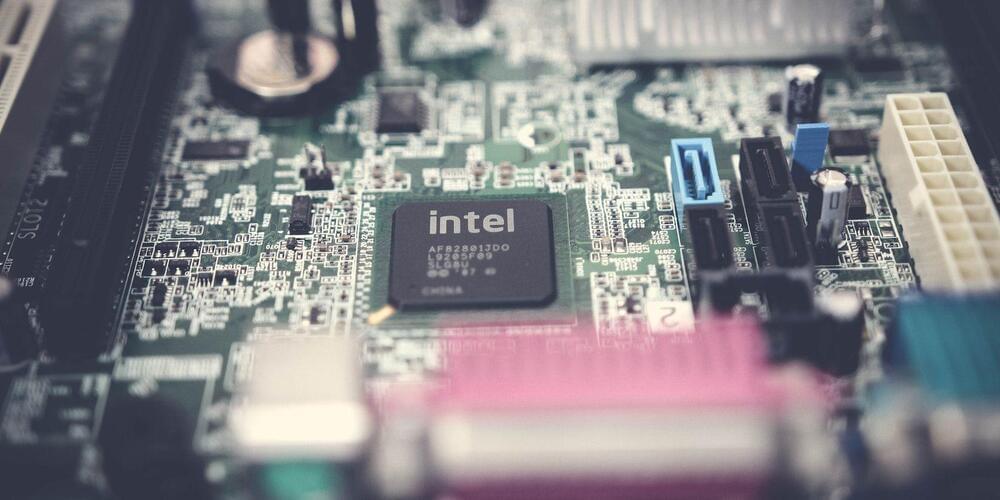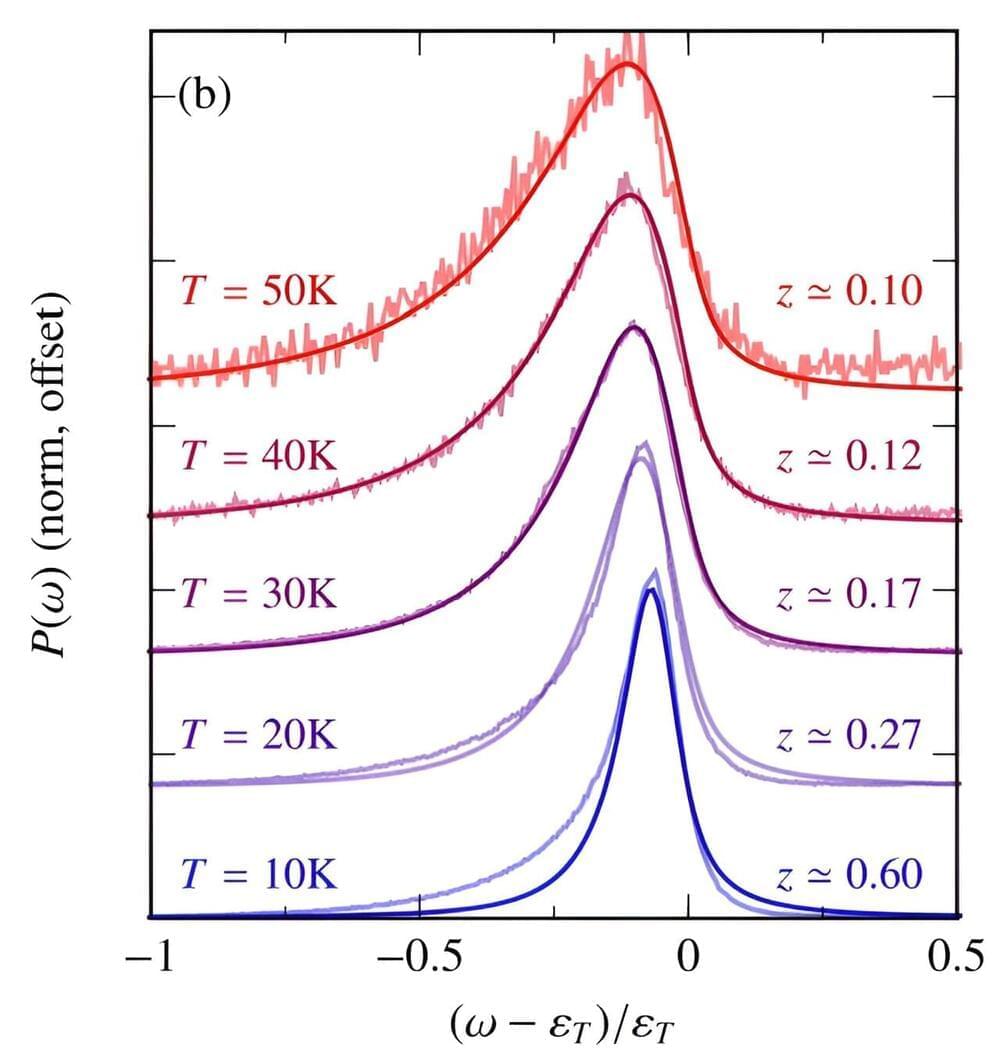From the billionaire VC’s hot takes: Slowing AI innovation will kill people, and universal basic income will turn us into zoo animals.



Tristan Harris and Aza Raskin discuss how existing A.I. capabilities already pose catastrophic risks to a functional society, how A.I. companies are caught in a race to deploy as quickly as possible without adequate safety measures, and what it would mean to upgrade our institutions to a post-A.I. world.
This presentation is from a private gathering in San Francisco on March 9th, 2023 with leading technologists and decision-makers with the ability to influence the future of large-language model A.I.s. This presentation was given before the launch of GPT-4.
We encourage viewers to consider calling their political representatives to advocate for holding hearings on AI risk and creating adequate guardrails.
For the podcast version, please visit: https://www.humanetech.com/podcast/the-ai-dilemma.

Can someone access your device even when it’s turned off? The frightening answer is, yes.
In an age where remote access is increasingly common, understanding the technology that makes it possible is crucial. One such technology is Intel’s Active Management Technology, a hardware-based feature that allows for impressive remote capabilities, even when your computer is turned off. While it’s a boon for IT administrators, it can be a potential risk if not configured correctly. So how does Intel AMT work? How can it be used? And how can you protect against it?

A solar-powered car said to be the first in the world capable of driving off-road over long distances without recharging has completed a 620-mile (1,000km) test drive across Morocco and the Sahara.
The two-seat Stella Terra, designed by students at the Eindhoven University of Technology, completed the journey across a variety of challenging landscapes as part of a final test of its lightweight frame and aerodynamic profile.

Humanity is a type 0 civilization. Here’s what types 1, 2, and 3 look like, according to physicist Michio Kaku.
Is anybody out there? Renowned physicist Michio Kaku discusses we could identify and categorize advanced extraterrestrial civilizations.
According to Kaku, while recognizing intelligence in space is challenging, Quantum computers may be able to help sift through data for signals of intelligence, similarly to how we analyze patterns in dolphin communication.
Go Deeper with Big Think:
►Become a Big Think Member.
Get exclusive access to full interviews, early access to new releases, Big Think merch and more. https://members.bigthink.com/?utm_source=youtube&utm_medium=…escription.


Researchers from Monash University have unlocked fresh insights into the behavior of quantum impurities within materials.
The new, international theoretical study introduces a novel approach known as the “quantum virial expansion,” offering a powerful tool to uncover the complex quantum interactions in two-dimensional semiconductors.
This breakthrough holds potential to reshape our understanding of complex quantum systems and unlock exciting future applications utilizing novel 2D materials.
